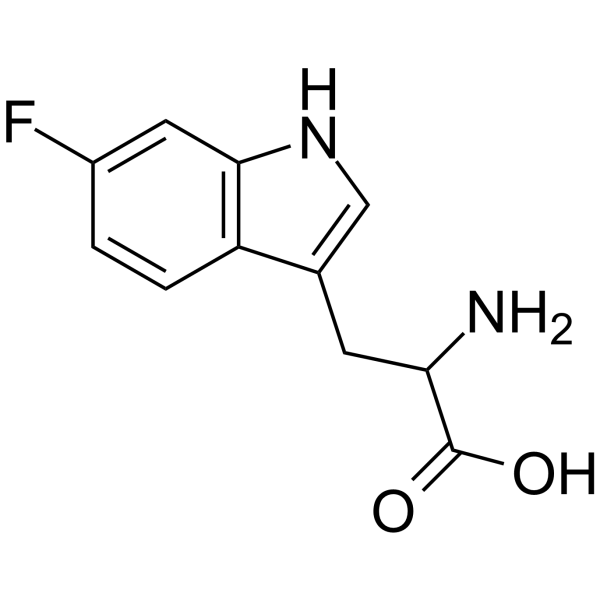19F nuclear magnetic resonance studies of 6-fluorotryptophan-substituted rat cellular retinol binding protein II produced in Escherichia coli. An analysis of four tryptophan substitution mutants and their interactions with all-trans-retinol.
E Li, S J Qian, N C Yang, A d'Avignon, J I Gordon
Index: J. Biol. Chem. 265(20) , 11549-54, (1990)
Full Text: HTML
Abstract
Rat cellular retinol binding protein (CRBP II) is a 134-amino acid intracellular protein synthesized in the polarized absorptive cells of the intestine. We have previously used 19F nuclear magnetic resonance (NMR) spectroscopy to survey the structural effects of ligand binding on the apoprotein. For these studies, all 4 Trp residues of rat CRBP II were efficiently labeled with 6-fluorotryptophan (6-F-Trp) by inducing its expression in a tryptophan auxotroph of Escherichia coli. Resonances corresponding to 2 of its Trp residues underwent large downfield shifts upon binding of all-trans-retinol and retinal, while resonances corresponding to the other 2 Trp residues underwent only minor perturbations in chemical shifts. To identify which Trp residues undergo changes in their environment upon ligand binding, we have constructed four CRBP II mutants where Trp9, Trp89, Trp107, or Trp110 have been replaced by another hydrophobic amino acid. By comparing the 19F NMR spectrum of each 6-F-Trp-labeled mutant with that of wild type 6-F-Trp CRBP II, we demonstrate that the 19F resonance corresponding to Trp107 undergoes the largest change in chemical shift upon ligand binding (2.0 ppm downfield). This is consistent with the position of this residue predicted from molecular modeling studies. The 19F resonance corresponding to Trp9 also undergoes a downfield change in chemical shift of 0.5 ppm associated with retinol binding even though it is predicted to be removed from the ligand binding site. By contrast, the resonances assigned to Trp89 and Trp110 undergo only minor perturbations in chemical shifts. These results have allowed us to identify residue-specific probes for evaluating the interactions of all-trans-retinol (and other retinoids) with this intracellular binding protein.
Related Compounds
| Structure | Name/CAS No. | Molecular Formula | Articles |
|---|---|---|---|
 |
UNII:3I7LZ8M32B
CAS:7730-20-3 |
C11H11FN2O2 |
|
Substrate promiscuity of the cyclic dipeptide prenyltransfer...
2009-01-01 [J. Nat. Prod. 72 , 44-52, (2009)] |
|
Cloning of the trp gene cluster from a tryptophan-hyperprodu...
1993-03-01 [Appl. Environ. Microbiol. 59(3) , 791-9, (1993)] |
|
Atomic mutations at the single tryptophan residue of human r...
1999-08-17 [Biochemistry 38(33) , 10649-59, (1999)] |
|
Incorporation of tryptophan analogues into staphylococcal nu...
1998-06-23 [Biochemistry 37(25) , 8938-46, (1998)] |
|
Phosphorescence and optically detected magnetic resonance ch...
1998-06-23 [Biochemistry 37(25) , 8954-64, (1998)] |